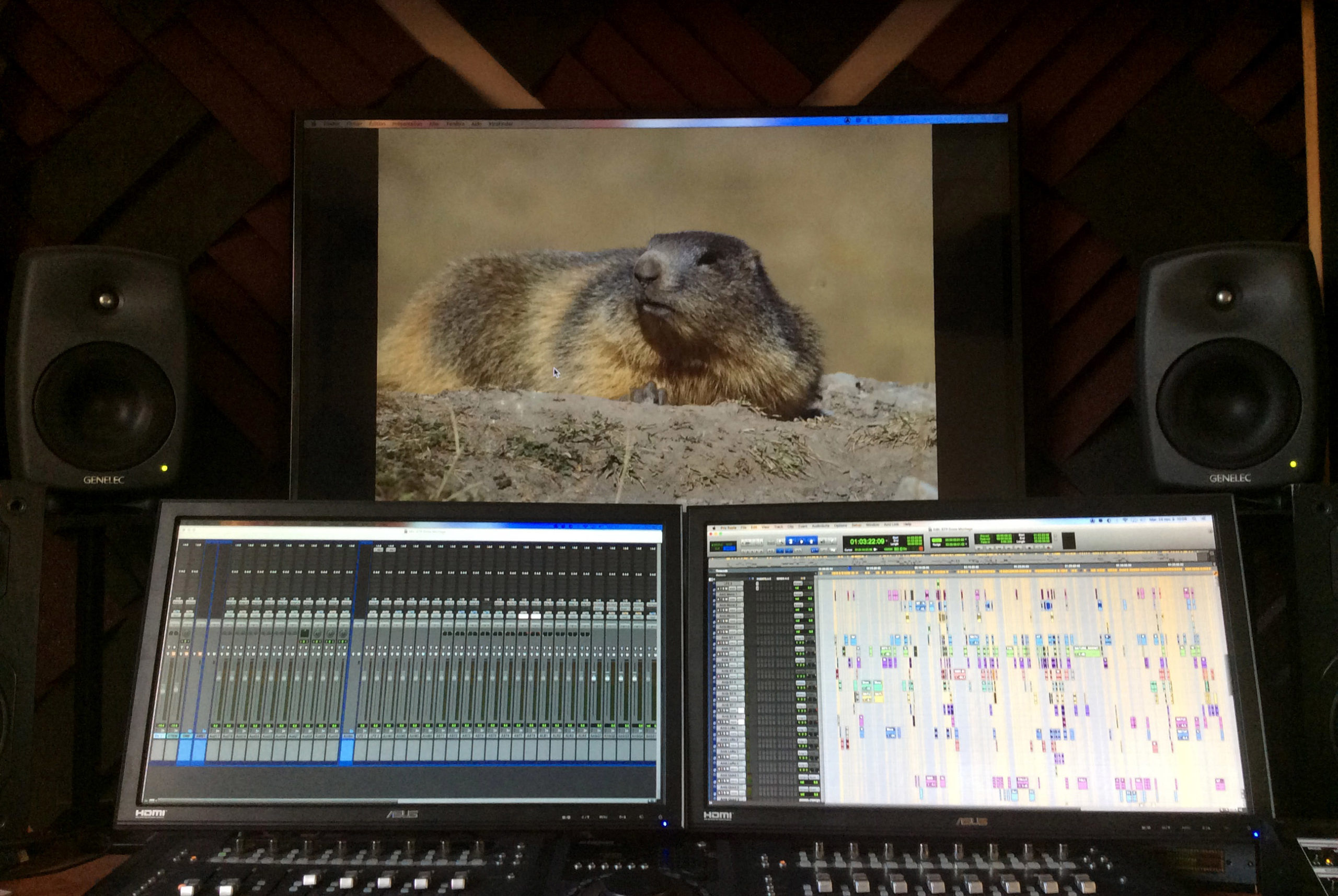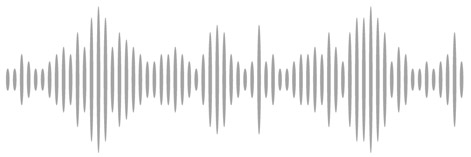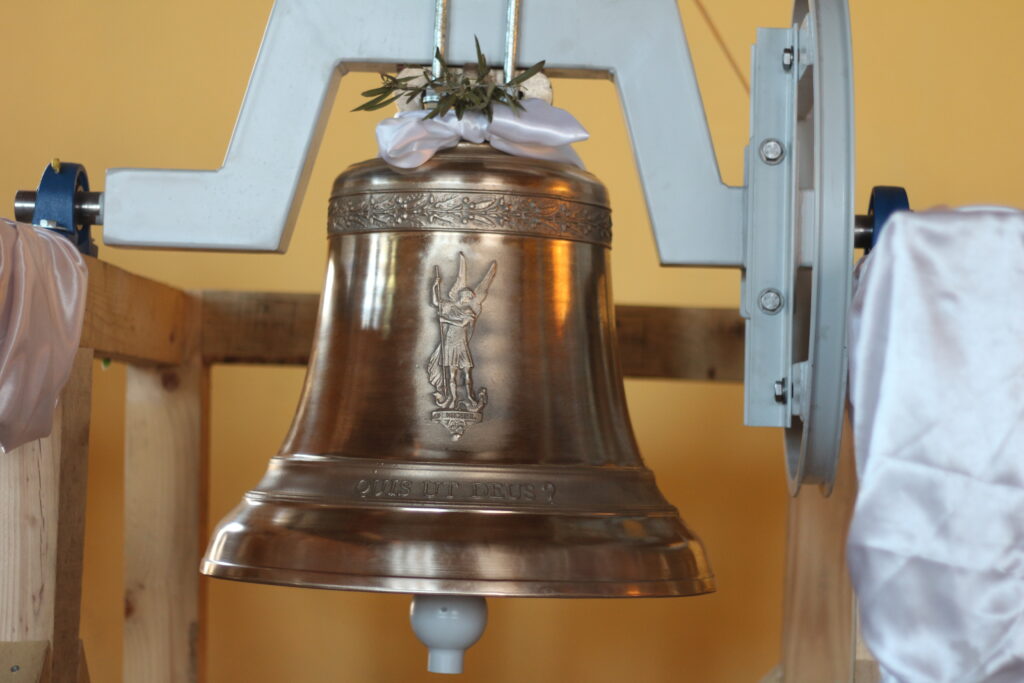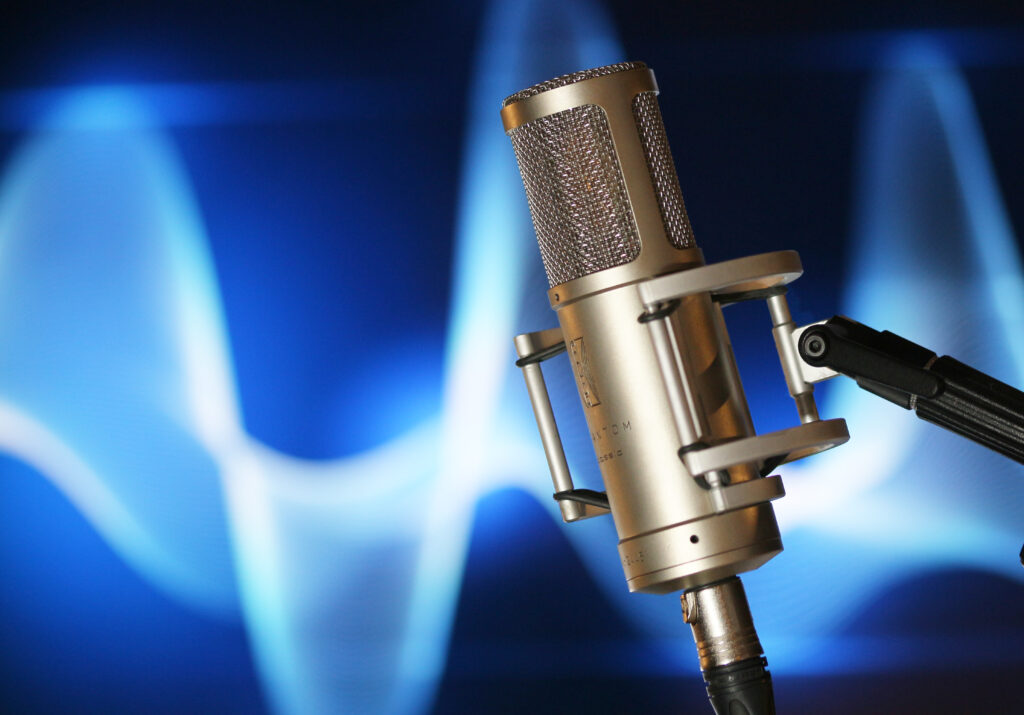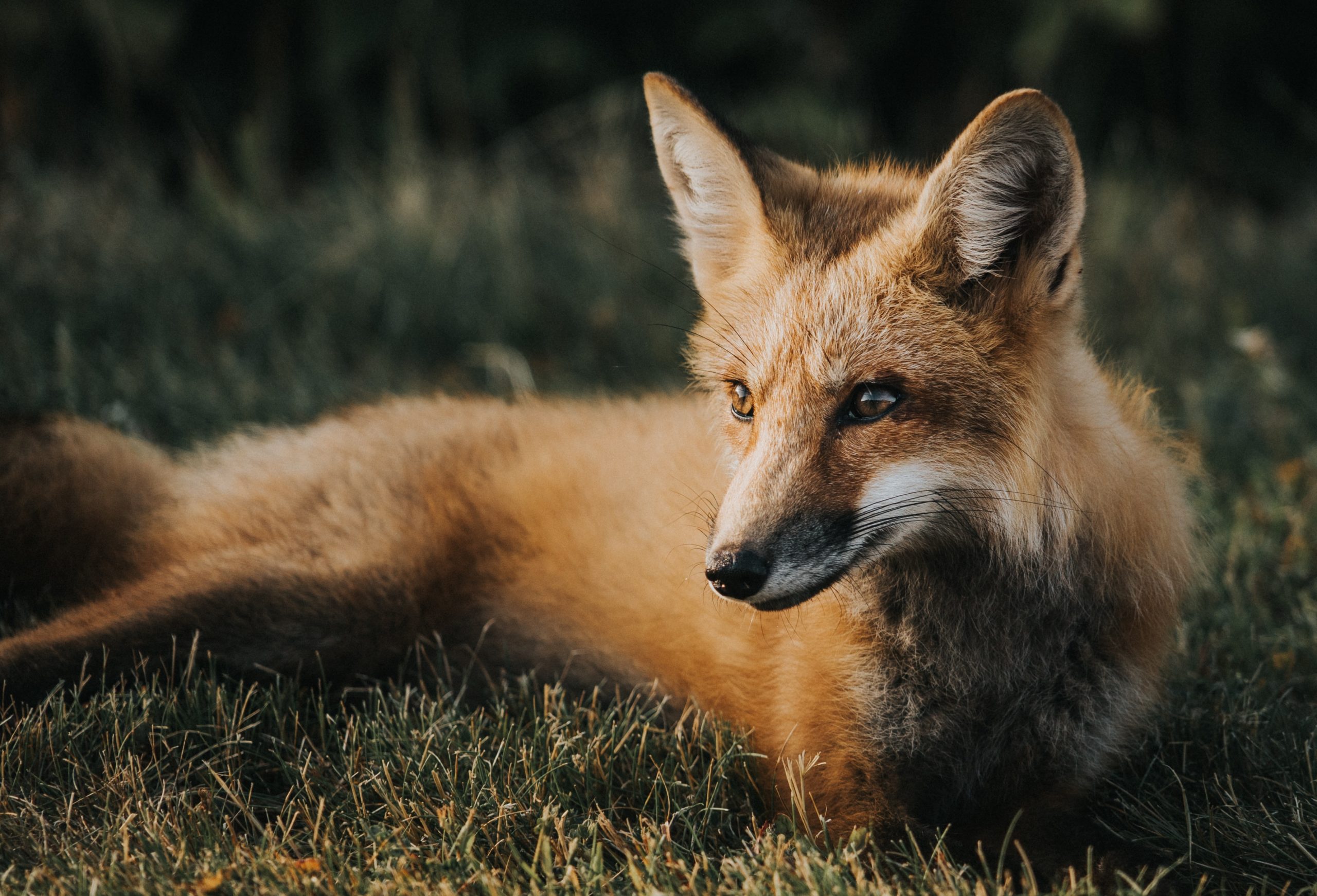
When I go behind the scenes of a documentary I worked on, some people outside the profession are surprised, even shocked (really!) to discover that the sound they hear is almost completely reconstructed. For them, documentary is a genre that supposes a notion of truth with which foley and sound design seem incompatible. And yet, sometimes the entire soundtrack of a documentary is recreated in the studio. Let’s see for what reasons.
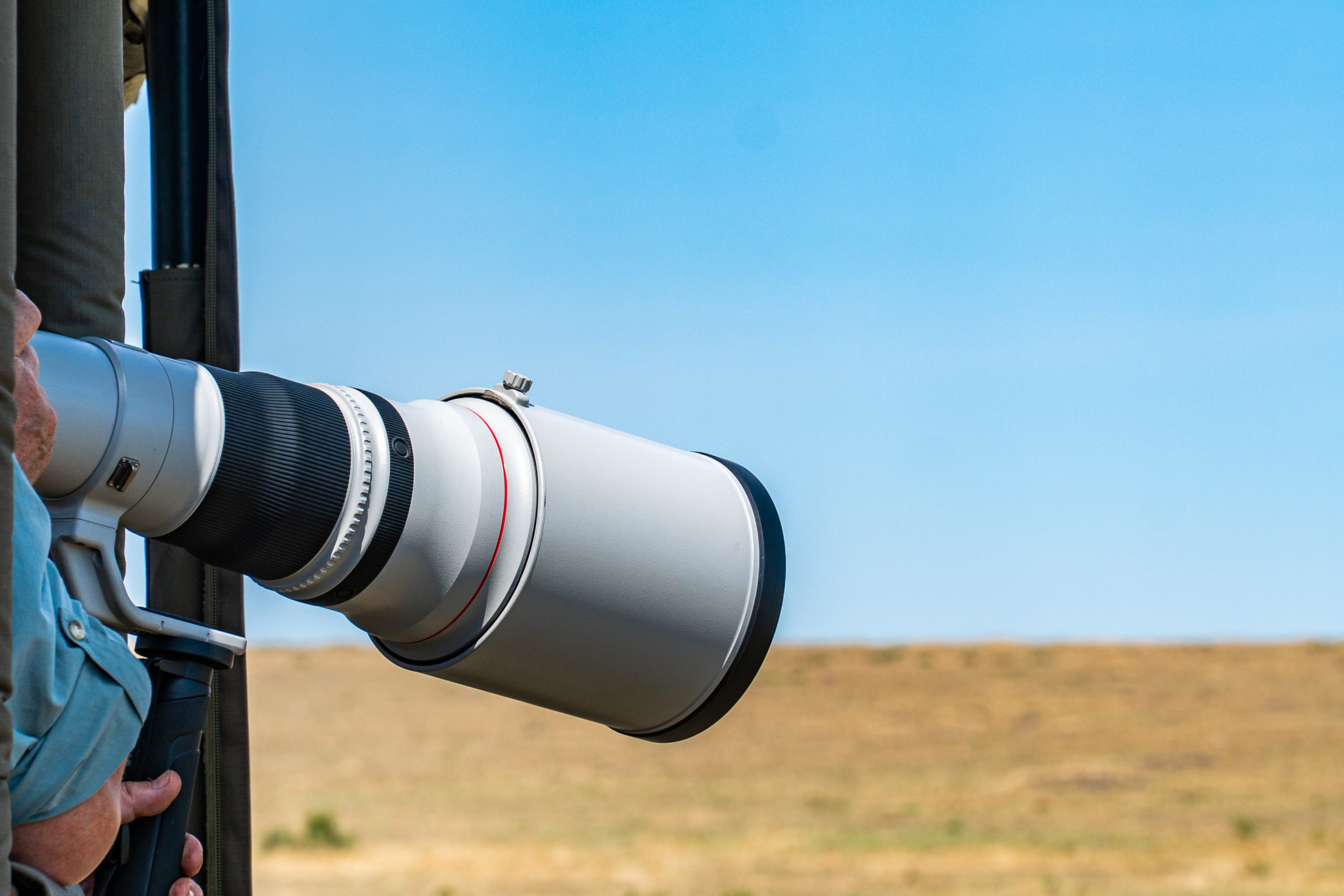
Shooting distance
In documentaries about wildlife, the cameras are often equipped with powerful telephoto lenses that get close to an animal virtually without disturbing it. Unfortunately, the sound equivalent does not exist. Directional microphones and even parabolic microphones which amplify the sound do not allow a sound source to be properly isolated beyond a few tens of meters.
In addition, the depth of field does not exist in sound recording. Unlike the image, you cannot isolate a subject from a blurred background. All the sounds in the axis of a microphone are picked up.
Background noise on location
The location of a documentary film is not always suitable for a good sound recording. A camera can frame a specific area but a microphone, even a directional one, always captures some sound at 360 °. If we film a bird at the edge of a road, an adapted frame can give the illusion of full nature, but the traffic remains audible. There is no “off-screen sound” in sound recording .
In documentaries, many sequences are filmed from a drone, a helicopter, a car, a boat or even remote-controlled vehicles. Obviously, the sound from such shots cannot be exploited.
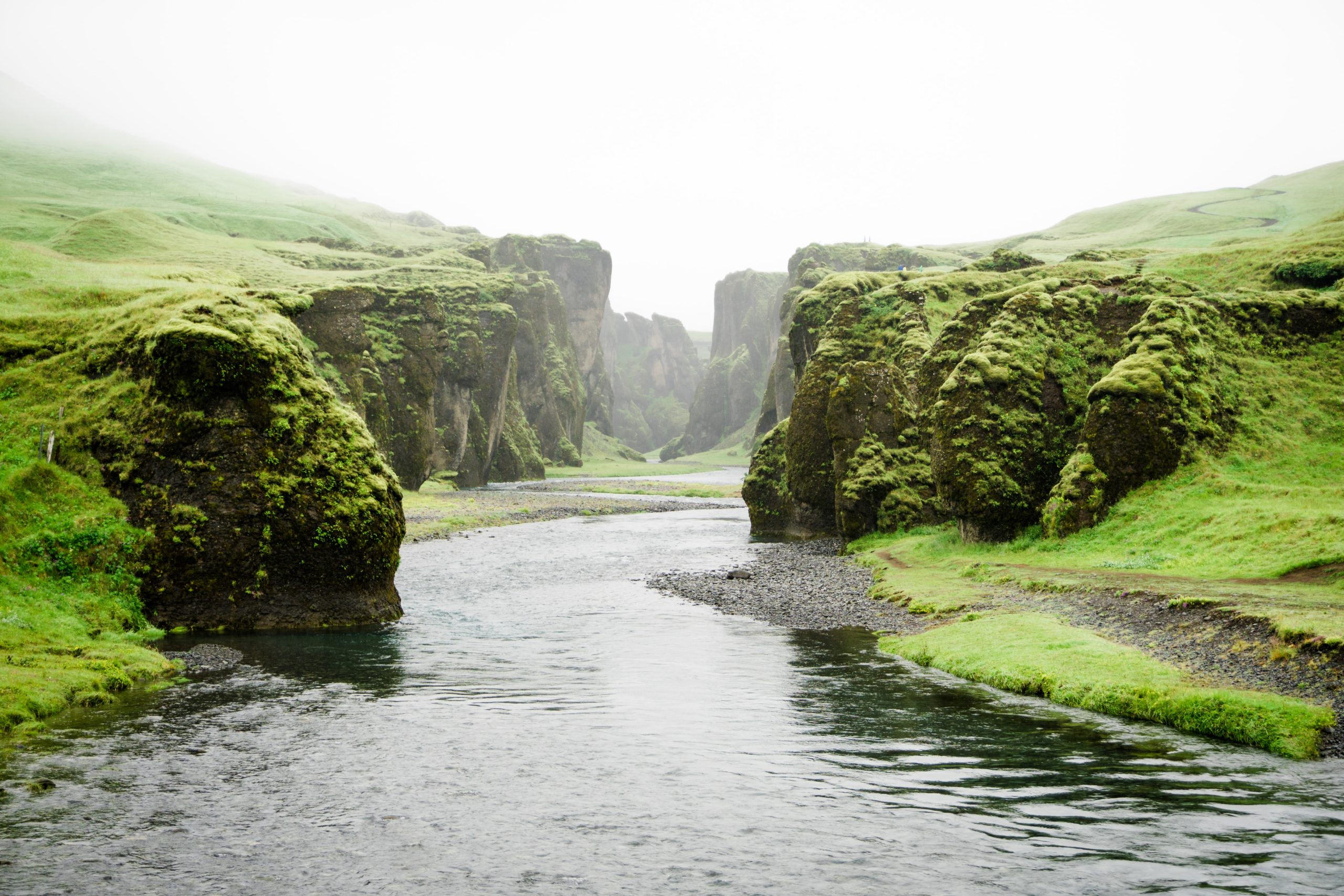
Realism or reality: sound at the service of narration
A documentary is above all a film that tells a story, often with a voiceover commentary. It can never be “the truth”. The simple fact of placing a camera somewhere is already a point of view, and therefore a distortion of reality.
During editing, the video editor sometimes assembles shots filmed at different times to create a sequence. This can create significant discontinuities in the sound background. Sound editing creates an artificial continuity , by adding ambient sounds and replacing certain sounds of the shoot.
Another aspect is that real sound is not always the one that feels most natural or the most suited to storytelling. Sometimes reinterpreted sounds appear truer than the originals. This is the case with too low or too high-pitched sounds of certain animals, such as insects. The documentary film Microcosmos , awarded by several Césars, is the perfect example. All the sounds of the film are created with foley and sound design.
Sounds recorded underwater also need to be tweaked to sound natural (read the article Underwater sound design).
When I work on the sound post-production of a documentary, I try to match reality as much as I can. For that, I rely as much as possible on location sounds and on the director’s instructions. When the quality of location sounds is not good, I use them as models to create better ones.
Budget and duration of filming
Making a documentary often requires a lot of time and many expensive trips. In addition, it is often difficult to predict the time needed to obtain certain shots, especially on wildlife documentaries. This is why the film crew is often very small, sometimes without a sound mixer or sound recordist. In sound post-production, it is easier to predict the time, and therefore the budget, necessary for the production of the soundtrack.
Slow-motion shots
Today, slow-motion shots have become very common in documentaries. It allows the viewer to see fast images that he would not have time to grasp at real speed, like the attack of a hawk, the flapping of an insect’s wing, a lizard’s race, etc.
When you slow down a sound, you change its pitch and texture, and it becomes unrecognizable. For example, here is the sound of a field cricket played at several speeds:
The flexibility and control of sound post-production
Sound post-production is a great way for directors to bring the story to life. Sometimes, when the camera “erases” certain sensations present on the set, we can create a spectacular sound that is larger than life to bring the sensation back to the audience.
A microphone cannot focus its attention like our ears do. Therefore, the choice of sounds and the mixing guide the viewer’s attention. Foley and sound design re-create sounds impossible to collect on a set to provide emotions.
The aim of the documentary is not only to transcribe reality, it is also to educate and to make people dream…
Also read my article on the documentary Snow: Snow in summer: the magic of sound design.
